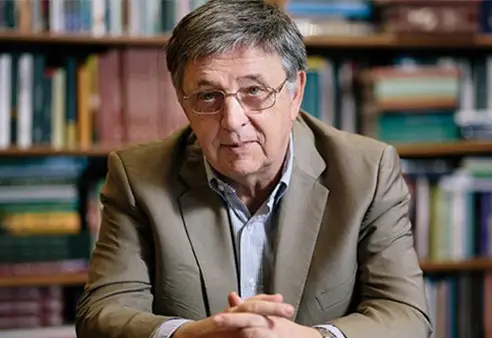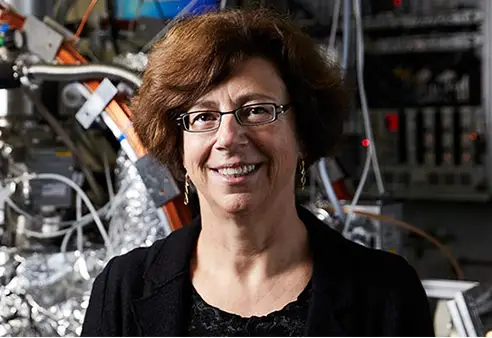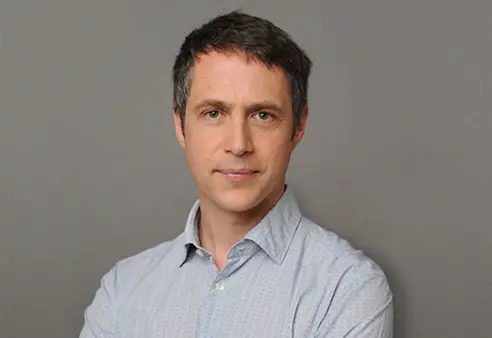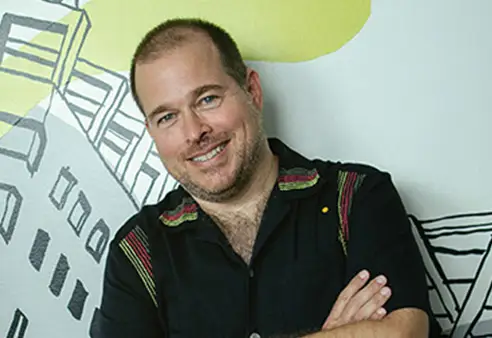International jury
Erwin Neher
biophysicist
1991 Nobel Prize laureate
International jury
Erwin Neher
biophysicist
1991 Nobel Prize laureate
Erwin Neher grew up in post WW2 Germany. He discovered his love for everything living as well as physics and math during his secondary studies. For his development of the patch clamp technique for recording of ion channel activity he received the 1991 Nobel Prize in Physiology or Medicine (together with Bert Sakmann).
Already at Gymnasium the young Erwin Neher studied with passion the Hodgkin-Huxley model that describes how action potentials in neurons are initiated and propagated. After graduating from secondary school it was clear to him that he wanted to become biophysicist.
In 1963 he started his studies at the Institute of Technology in Munich and three years later (in 1966) he received the Fulbright Scholarship and left for the US. After graduating from the University of Wisconsin – Madison in 1967 he returned to Munich and continued his studies in biology. He chose the Max Planck Institute for Psychiatry where he researched tension in snail neurons. That’s where he met Bert Sakmann for the first time. Bert studied basic neuronal mechanisms. They parted for a short time to reunite in 1973 in Göttingen. After 1983 Erwin Neher’s research interests have focused on studies of ion channels and neuronal signaling. More recently he concentrated on mechanisms of hormone- as well as neurotransmitter-release and synaptic plasticity.
Erwin Neher has been Research Director at the Max Planck Institute for Biophysical Chemistry in Goettingen, Germany until 2011.



